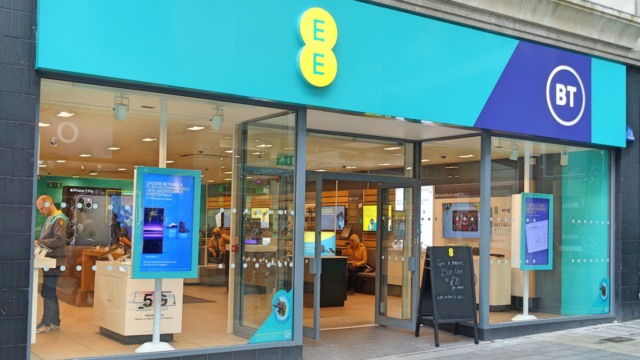Reporting revenue at telecom giant BT Group changed fundamentally when IFRS 15 kicked in on January 1, 2018. The new accounting standard revamped how companies account for income from customer contracts, and with 32 million mobile customers—more than any other UK mobile carrier—BT has a lot of contracts.
“None of our financial systems were able to manage this,” recalls James Mash, BT’s Accounting and Financial Control Manager. Mash’s team tried to calculate revenue to the new standard with spreadsheets, but the monthly task took four accountants between four and six hours. The company wanted to release figures the morning after month’s end, but Mash couldn’t reliably meet that deadline.
“We needed an all-in-one solution,” Mash recalled—not a dozen cumbersome spreadsheets built on fragile macros. People from BT’s “Making Finance Brilliant” finance innovation program suggested he try Anaplan.
Mash and his colleagues created an IFRS 15 reporting solution in 16 weeks. “Building something useful within that space of time is incredibly valuable for a business like BT, where IT projects can take two to three years,” he says.
The Anaplan solution is much faster and more reliable than what it replaced. Monthly revenue figures are now calculated by one person in less than an hour—a time saving greater than 93%.
The benefits go beyond speed. The new solution is auditable for Sarbanes-Oxley compliance, and handles BT’s voluminous point-of-sale data with ease. To keep the old system running, some 800,000 lines of data had to be filtered down to 250,000 each month, so a lot of detail was lost. The Anaplan solution holds more than 30 million lines of data (and growing) with no performance issues. “Anaplan has been key to building efficiencies and allowing us to get numbers that we weren’t able to before,” Mash notes.
IFRS 15 revenue calculation is an unusual Anaplan use case, Mash admits, but it illustrates the platform’s flexibility. “Anaplan is like a big modular calculator that’s capable of crunching vast volumes of data,” he says. “It fills a gap that none of the other tools I’ve used before does.”
Not only that; it’s a joy to work with. “Anaplan is fun for me, as a model builder and data analyst, to use,” he says. His enthusiasm is shared across BT, where teams including call center planning, OpEx planning, forecasting, and the fibre broadband business all use Anaplan and are exploring ways to connect plans to deliver even greater value.



